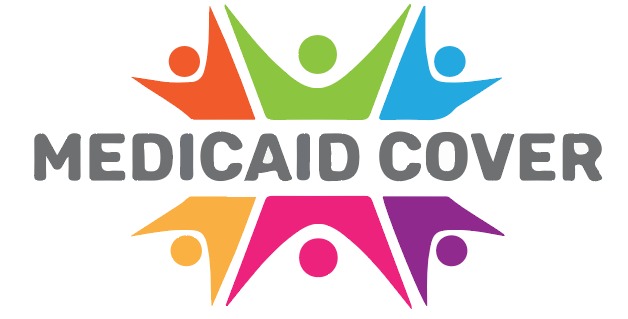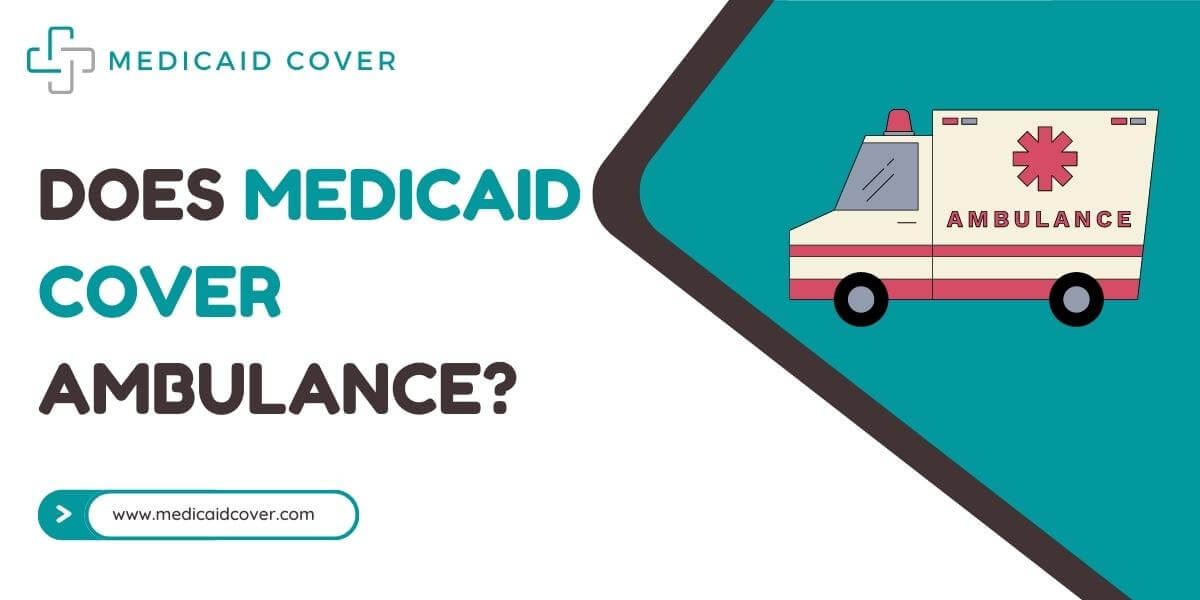We get worried when we aren’t there to help our loved ones when they need to go to the hospital. But ambulance cover is always there for us whenever we need them, anytime in the day or night. The main question arises apart from covering different health criteria ‘does Medicaid cover ambulances’ too?
Read more to clear your thoughts.
Does Medicaid Cover Ambulance Services?
You could need transportation to a medical facility for urgent care if you have a medical emergency. EMTs can keep you stable while you travel in an ambulance, bringing you there more quickly than other vehicles. However, the cost of the transport may be high.
The last thing you want to deal with in that circumstance is a hefty bill. Therefore it’s critical to have the proper insurance coverage to safeguard you. What you should know regarding insurance coverage for ambulance services is provided below.

Although it’s frequently pricey, an ambulance may promptly transport you to a hospital and provide medical care.
Depending on the situation, ambulance cover services may be covered by health and auto insurance.
Auto insurance will typically save you more money if your ambulance travel was caused by a car accident because you won’t have to pay a deductible, copay, or coinsurance.
Working with an ambulance service in your network is always preferred. If you can’t, look up any rights against unexpected billing under your state’s legislation, then haggle over your bill.
Read Also:
Does Medicaid Cover Dental Implants?
The Cost Of An Ambulance Ride
Even though it might not seem like it should cost much, an ambulance ride costs much more than a nice Uber service. For starters, the ambulances themselves can cost more than $250,0001. You might also get medical attention while the ambulance cover is in motion, including life support, medication, and other treatments.
You’ll often spend between a few hundred and several thousand dollars for an ambulance ride; however, prices can vary greatly. Your actual bill is based on things like the following:
- Location : Different parts of the country may charge different prices for ambulance services, especially in case of emergency at night.
- Trip Distance : A per-mile fee is frequently added to ambulance services. You will pay extra if you need transportation to a farther away location.
- Type Of Transportation : If you use an air ambulance, your expenses will be significantly greater and probably reach the tens of thousands.
The cost of any medical treatment you receive while traveling in the ambulance, including the price of any prescription medications, is your responsibility.
In Irving, Texas, a citizen under the age of 65 would spend $750 for basic life support, which includes the cost plus a 30% markup of all consumables used, $15 per mile, and a $5 technology fee. For instance, the average cost of ambulance transport in California is $589.4.
Cost Of Car Coverage For Ambulance Rides
Auto insurance is typically your best choice when an ambulance journey is required because of a car accident. Unlike health insurance, you won’t be required to pay a deductible or copay. In fact, if you need to use both the deductible and copay for your health insurance, your auto insurance may cover them.
Medical payments insurance or personal injury protection are two options for coverage for medical expenses incurred due to a car accident (PIP). Don’t assume you already have them because they are typically optional in most states.
If you are in an accident, both parties may pay for the ambulance services for you and your passengers. They can also aid you if you are a pedestrian and are struck by a car. There are certain restrictions, though.
Most importantly, motor insurance only covers ambulance services if they are “medically required.”
Services deemed clinically required for your ailment, injury, condition, symptoms, or disease fall under this category. If you only used the ambulance for convenience, your insurance won’t cover the cost.
Health Benefits Coverage For Ambulance Rides
You’ll need health benefits to be covered if you need ambulance services for an incident other than an automobile collision.
Ambulance services are, to varying degrees, covered by Medicaid, Medicare, and private health insurance. For each of these, this is how it operates.
-
Private Health Coverage
Medically essential ambulance travel is typically covered by private health insurance. Contrary to auto insurance, you frequently still have to make a payment out of cash.
Before your insurance policy begins to pay your payment, you must, at the very least, meet your deductible. Even then, you might be required to pay a copay or coinsurance, which would require you to cover a part of the costs above your deductible or an additional flat amount.
Checking the terms of your policy is the only way to ensure your coverage. Your plan’s summary of benefits and coverage is the best place to start. You can read its comprehensive-coverage agreement if that still leaves you with unsatisfactory answers.
Look for any additional limitations on your insurance coverage as you peruse those documents. As an illustration, these policies often only pay for transportation to the closest hospital that can offer the necessary treatments.
If your ambulance transports you to the second-closest hospital, you can be responsible for a more significant portion of the expense.
If your ambulance service is not in the network, you can get unexpected expenses even if your coverage covers ambulance services and you make a journey that is medically required.
Because you don’t have enough time to check whether any ambulance provider or agency comes in or not of your insurance network in emergency cases, it can be challenging to prevent this problem. The average ambulance bill is $450, and around 71% result in out-of-network fees.
Final Thoughts : –
Ensure you have the appropriate insurance to receive compensation for an ambulance bill. You won’t have to pay a deductible or copay for medical expenses if you choose PIP or medical payments coverage for your auto policy.
There isn’t much you can do in an emergency to reduce costs, but if you need an ambulance for something other than an emergency, find out if the service is part of your network. If not, try to find another ambulance or a different mode of transportation.
Check your state’s laws for protection against unexpected medical expenditures if you’ve already taken an ambulance ride and your insurance won’t pay for it. Some countries place limitations on emergency grounds over ambulance fees.
Even if yours doesn’t, make an effort to bargain. Get ahold of your insurer and the ambulance service, and ask them what they can do to assist you.
Frequently Asked Questions
What is the cost of an ambulance ride with insurance?
Your ambulance ride can be free if your car insurance covers it. You could need to pay your deductible, copay, or coinsurance if your health insurance is your only source of coverage. This can cost between a few hundred to a few thousand dollars.
What should you do if your insurance does not cover an ambulance service?
When dealing with an ambulance service in a non-emergency, find out if they are part of your insurance network before you sign a contract. Try to find another one if necessary.
Check your state legislation for protections against unexpected charging if you’ve already returned from your trip and got a bill for ambulance services because the provider was out-of-network.

